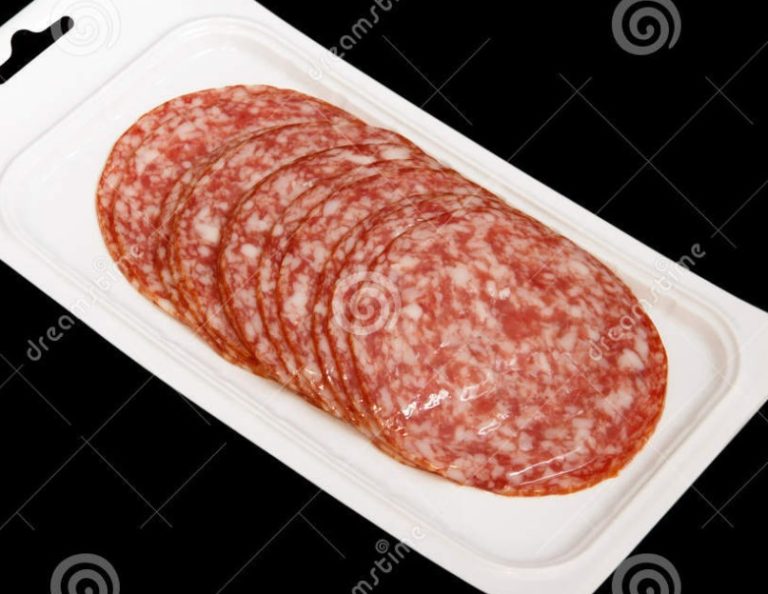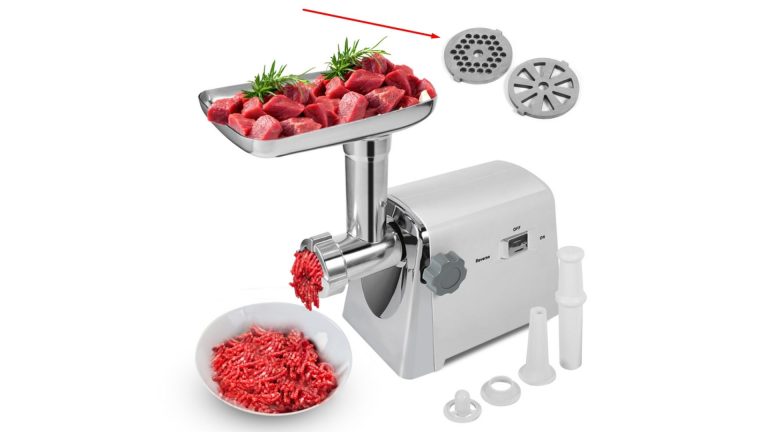Fresh vs Cured Sausage: Differences and Similarities
Sausages are divided into two main types: fresh and cured. Do you know what the differences are?
The main difference between fresh and cured sausage is that fresh sausages are cooked and cured.
It has a very limited shelf life, usually lasting from a few days to a couple of weeks.
Cured sausages, on the other hand, are dried and smoked, which makes them last for months or years.
Read this article to find more differences between fresh and cured sausages.
Table of Contents
What Is Meant By Cured Sausage?
It has nothing to do with the sausages having anything wrong with them, that the fat to meat ratio is off, that the animal the meat (cuts of meat for sausages come from different animals) came from had any kind of illness, or that the word cured can conjure up all sorts of imagery.
Meat, fish, and vegetables are some of the different food types that Curing is a process for. Sausage making uses a process called curing, which is a method of preserving meat.
Adding nitrates or nitrites to the sausage meat is one of the most common ways that curing can be done.
The water content in the sausage meat is reduced by these Additives, but be keen to strike just the right balance; you don’t want to set yourself up for more work down the road trying to fix some dry, crumbly sausages, do you?
Sausages are safer to eat because the meat is less favorable for bacterial growth that can cause illnesses such as food poisoning.
Cured sausages are usually smoked, where they’re cooked “low and slow” (lower temperatures for a long period), for this reason.
What is Curing?
Curing is a process that happens in pork processing to make bacon safe for human consumption.
In cured bacon, salt is added to the meat, the kind of salt that goes into your sausage boils down to your preference. But the aim is simple – to hold it together and not fall apart. A cured bacon is labeled as “uncured,” because it has not been processed to remove the salt yet.
What is Meant by Fresh Sausage?
When we say sausages are fresh, some people might think it means they’ve just been processed and are ready for sale or just purchased and prepared to be cooked.
That might be true in a broader context, but the definition of fresh sausage is a sausage made from raw meat that hasn’t been cured.
This doesn’t mean that fresh sausage meat can’t be used with flavor or seasoning. Fresh sausages can’t be stored at room temperature because they don’t have any Preservatives.
They must be frozen or placed in a refrigerator until cooking if they are not going to be cooked immediately after they are made.
Sausages are usually grilled or cooked in a pan on a stovetop at high heat.
Does Fresh Sausage Contain Nitrates?
Yes, most fresh sausages do contain Nitrates, but up to some extent.
The USDA National Food Safety Inspection Service (NFIS) does not allow the use of nitrates as a processing aid in fresh sausage because they can be converted to nitrites in the curing process, which could convert a small amount of naturally occurring nitrates present in fresh sausage into carcinogenic nitrosamines, a class of chemicals that are known to cause cancer.
This means that fresh sausages cannot contain more than 100 mg/100 g or 0.
Fresh vs. Cured Sausage:
Similarities
- Made from ground and seasoned meat – grinding sausage meat, and whether you should season it before or after grinding is all up to you.
- They can be smoked.
- They can be frozen.
- Depending on which country you are in, there can be different definitions for each.
- All food safety principles have to be followed when cooking and storing.
Differences
- While cured sausage is preserved, fresh sausage has to be cooked and eaten immediately or frozen.
- Cured sausage will be in pink or reddish color.
- Cured sausage needs to be cooked for a long time at lower temperatures.
- You can cold smoke-cured sausages, but cannot cold smoke fresh sausages.
- Fresh sausages – also referred to as skinless sausages, do not require any casings. However, cured sausages need casings – some, like the boudin casing, are natural and safe for consumption.
FAQ
Do You Have to Use Curing Salt for Sausage?
If you don’t want to use curing salt for making sausage, then you don’t have to. However, it is advisable to if you intent on keeping your sausages for long. Some meats, like serano ham have nitrates from salt, which prevent growth of harmful bacteria and hence guarantee longer preservation. If you are not using curing salt, you should make sure you cook your sausage at the right temperature.
Can You Eat Cured Sausage Raw?
You don’t cook cured meat on a grill or skillet before eating it, so there’s a common misconception that it’s raw meat.
The truth is that dry-cured meat is not raw meat at all. Some meats like guanciale can be eaten raw after they have been dry-cured. This can be defined as ripping rather than being cooked before it is safe to eat.
The raw meat is hung to dry after being put into the casings. The flavor of the sausage increases as the water goes away.
Do You Need Cure if You’re Freezing Sausage?
The simplest answer to this question is no. Sausage meat can be frozen to prolong its usefulness for up to two months. This means that it is safe to cook and eat when it thaws.
Conclusion
Hopefully, you have a better understanding of the differences and similarities between fresh and cured sausage after reading this.
There are many ways in which cured and fresh sausages can be prepared and enjoyed.

Foodie and a passionate cook, I am here to share all of what I know about cooking, kitchen, and food prepping.
Follow me for delicious and healthy recipes.






